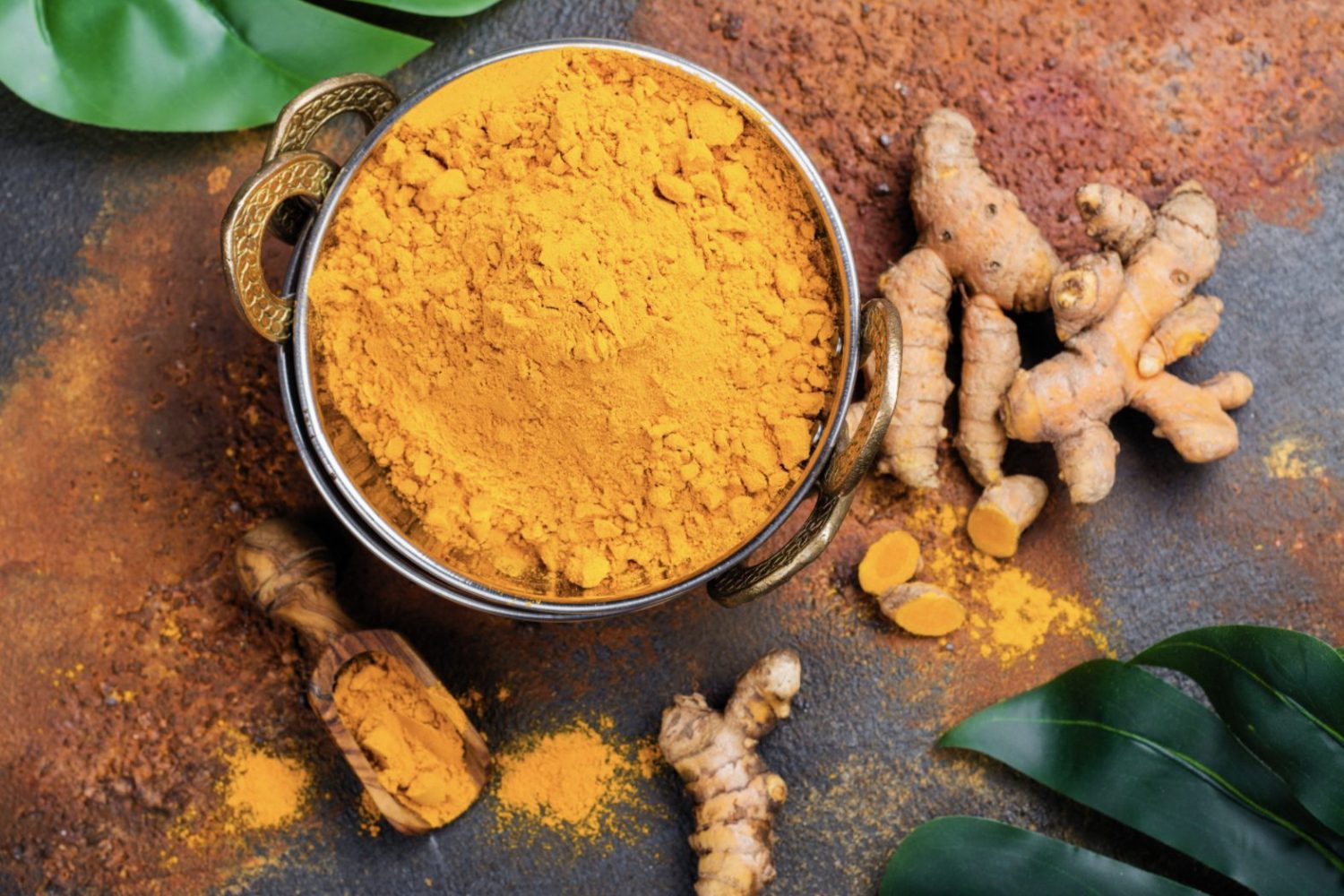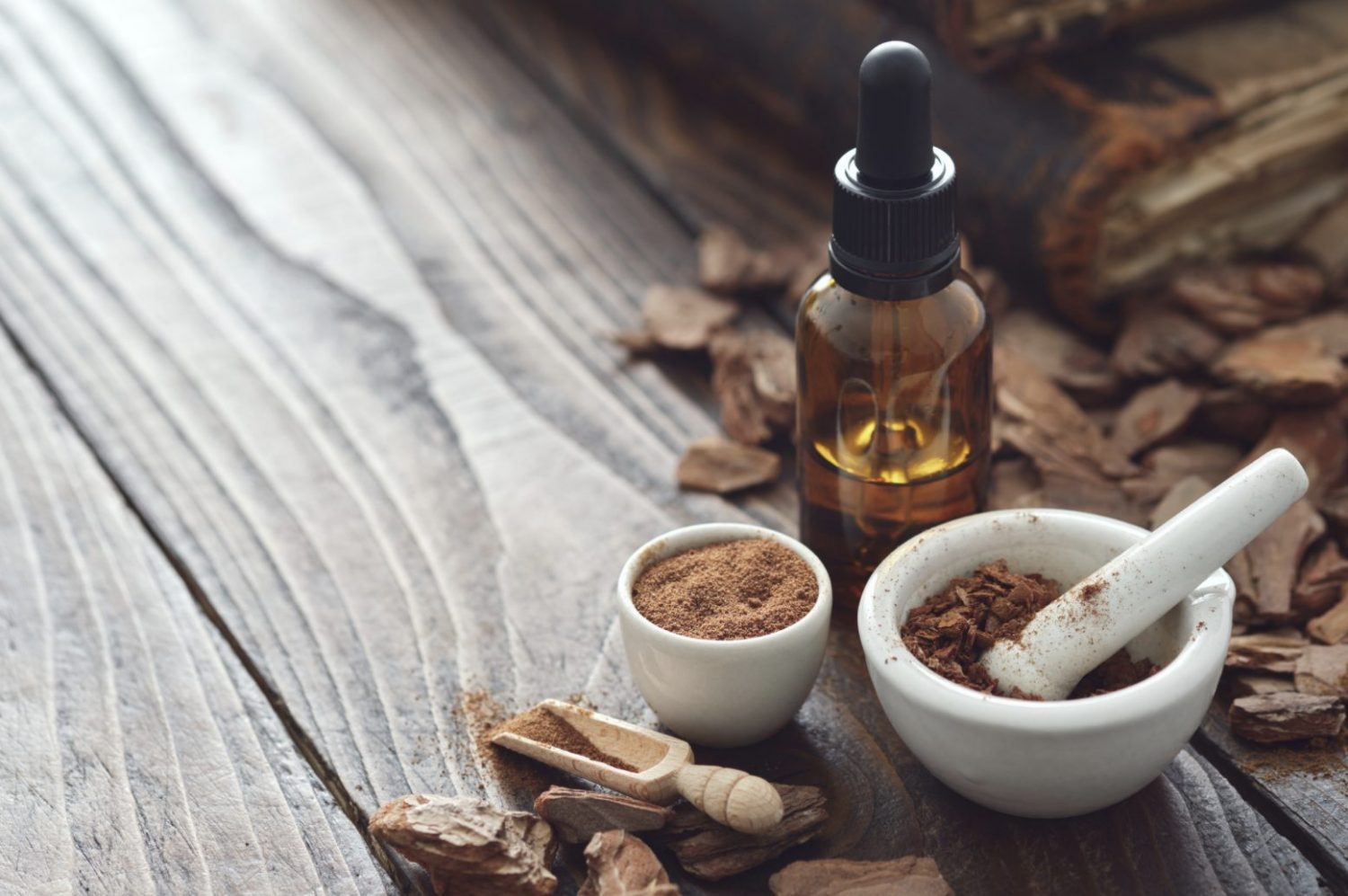
Some of you might be shocked to learn that, herbs such as basil, mint, and rosemary aren’t just for seasoning your favourite meals! They also contain antioxidant and anti-inflammatory properties that are proven to be effective in helping with diseases such as, diabetes, psoriasis, heart disease and arthritis.
This is not new. It has been well documented in history that herbs and spices can be helpful for managing chronic conditions such as joint pain and inflammation. The use of herbs, spices and plants as medicine dates back thousands of years. In India, herbs like turmeric have been used as medicine since as early as 4,000 BC, while Egypt founded herbalist schools back in 3,000 BC.
In a review of anti-inflammatory herbal medicines, researchers found the consumption of herbs to be a great support for pain relief while showing minimal unwanted side effects. Unfortunately, these have not been fully explored yet by traditional science and there are not many clinical trials to prove the specifics of their anti-inflammatory activity.
That being said, adding certain herbs and spices to your diet may help reduce symptoms for some chronic pain sufferers – and as they can make our food even more delicious, it’s definitely worth a try. We love finding complimentary, natural remedies for pain management so we have compiled a list of our top 6 herbs that could reduce joint pain. Whether you’re looking for your next herb experiment or you have just started exploring the benefits some herbs can bring, we hope our list brings you some inspiration.
1.Turmeric
Turmeric has been used as a traditional medicine for thousands of years in India. As the millennia went by, other regions in Asia and parts of Central America also cultivated Curcuma longa, for its bright orange powder, gathered from its root.

Modern medicine eventually took notice and in the past 25 years alone there have been over 3000 publications discussing the benefits of turmeric. This is because curcumin is reported to be such a strong anti-inflammatory, with some saying it matches the effectiveness of various anti-inflammatory drugs, without any of the side effects. It has also been found to stimulate your body’s antioxidant defences which can prevent or slow damage to cells and boost overall health.
Turmeric has been thought to help with the following conditions:
- Arthritis
In a study in 2019, Bio Med Central found that turmeric reduced pain by 50% in patients with knee osteoarthritis, after consuming 500mg of the herb three times daily for just one month.
- Cancer
One 30-day study of 44 men with lesions in the colon that sometimes turn cancerous, found that taking 4 grams of curcumin per day reduced the number of lesions by 40%. And there is scientific evidence to suggest it could even help prevent certain gastrointestinal cancers.
Now, you may be wondering how do you get your hands on this powerful herb? Here are some of our favourite, easy ways to consume turmeric
- Mix it in scrambled eggs
- Spread turmeric on the top of rice
- Make a latte, milk, or tea with turmeric
- Take turmeric supplement
2. Ginger
Ginger, the flowering plant from the Zingiberaceae family has been commonly used for centuries as a medication to help with motion sickness, arthritis, migraines and digestive problems. It is well known for its range of health properties and benefits including preventing side effects such as lesions, ulcers, and other gastrointestinal disorders caused by medications.

While most scientific research on this spice has been conducted on the benefits of reducing nausea and vomiting, Ginger is also known to significantly reduce the severity of migraines with effects being felt within just two hours of consuming the root.
Another condition Ginger has been found to help is osteoarthritis. In fact, the University of Miami conducted a study that compared the effects of a highly concentrated ginger extract to a placebo with patients who suffer from the condition. They found ginger reduced pain and stiffness in knee joints by 40% over the placebo and concluded it could one day be a substitute for nonsteroidal anti-inflammatory drugs (NSAIDs).
Fancy making ginger a regular occurrence in your routine? Here some simple ways to use ginger as an ingredient:
- Add it to tea, maybe with honey and lemon too!
- Take a ginger supplement
- Add it to your favourite juices and smoothies
- Load up your favourite soups and curries with it
3. White Willow Bark

Originating from the Salix genus, White willow bark has been used for centuries as a pain reliever as it contains salicin, a compound similar to aspirin. There is some evidence to suggest those who suffer from chronic headaches or back pain can use white willow bark as an aspirin substitute because the salix herb has the same anti-inflammatory effects.
Another study conducted over a 4 week period found that patients who experienced lower back pain and consumed 240g of oral willow bark extract had a 14% reduction in pain.
Where can you get your hands on this herb and how do you use it? Well, you could order online at Secrets of the Tribe and add it to your tea or take a supplement!
Please note you should be cautious with this herb if you have gastrointestinal and liver problems or diabetes. Like with aspirin, you should also be careful if you take anticoagulants, acetazolamide, anti-hypertensives and anti-inflammatory drugs because willow bark can interact with these drugs.
4. Aloe Vera
Aloe vera is known as one of the most effective herbal medicines, especially the gel from the plant’s leaves, which contains more than 75 bioactive compounds. Many of us are familiar with using aloe vera after sitting in the sun for a little too long on holiday but did you also know it can help with the digestive system and reducing joint pain?

Aloe vera is one of the most popular plants to be used in cosmetic products. This doesn’t come as a surprise, considering it contains a variety of healthy compounds such as vitamins A, C, and E which are all antioxidants and enzymes that can alleviate inflammation.
The two most common ways to use aloe vera for relieving pain are:
- Mix the chunks into juice, smoothies or infused water
- You can use it topically by slicing the Aloe vera then massaging the extracted gel directly on the swollen or painful joints.
Aloe vera products of all kinds, like gels, creams and supplements are easy to find at your big food shops or natural supermarkets. You could even grow it in your garden or your house yourself, who doesn’t need more plants for their home office?
5. Cloves
From the famous Spice Islands in Indonesia, cloves are aromatic dried flower buds from the Myrtaceae family. Commonly used as a flavouring, cloves carry healthy properties such as antioxidants and vitamins.

Eugenol is one of the most fascinating of all of the natural ingredients within cloves. It acts as a natural antiseptic that is commonly used to help an excruciating toothache. Cloves also contain an antioxidant that can reduce damage to cells that could lead to cancer. Researchers even found that clove extract helped slow the growth of multiple types of human cancer cells!
So if you’re considering giving cloves a try, we recommend:
- Using this non-GMO and allergens-free Cloves Supplement from Carlyle.
- Steep whole cloves in hot water to make tea
- Add whole cloves to broths and stews – as well as desserts!
6. Oregano
Oregano is a flowering plant in the mint family, also known as Oregano Vulgare, originating in Western and Southwestern Eurasia and the Mediterranean.

Oregano contains several powerful compounds such as the antioxidants thymol (antimicrobial properties), limonene (a chemical that helps weight loss,), and terpinene (an antioxidant).
Phytotherapy research found oregano oil, used topically can also be an exceptionally effective painkiller. This is primarily because the oil can penetrate the skin deeper into the synovial fluid, (the lubricant of the joints) decreasing pain.
Does Oregano feel like an Orengan-yes? Take a look at these top-selling capsules from Gaia Herbs.
Finding different ways to incorporate anti-inflammatory herbs and spices into your diet could be a great step in helping to reduce joint and muscle pain.
If you’re looking for other ways to soothe discomfort from chronic pain the natural way, check out our patches. Our patented combination of vitamin d and dextrose is a unique non-medicine alternative to soothe long-term discomfort. We even have a discounted trial pack available, so you can find what works for you.



